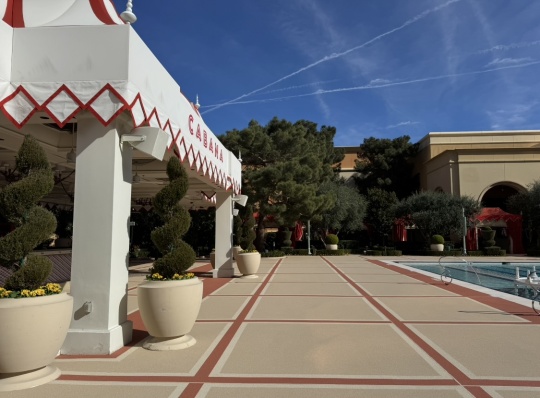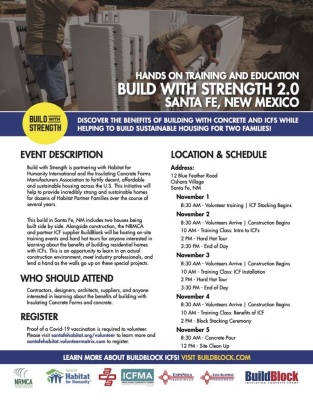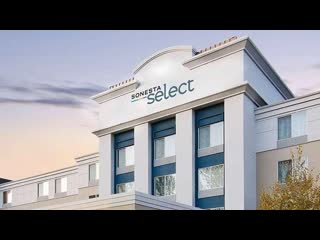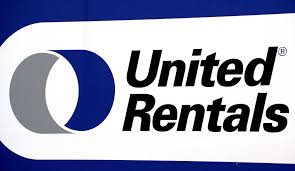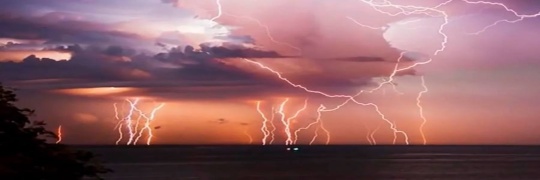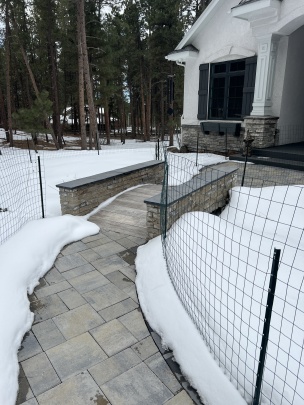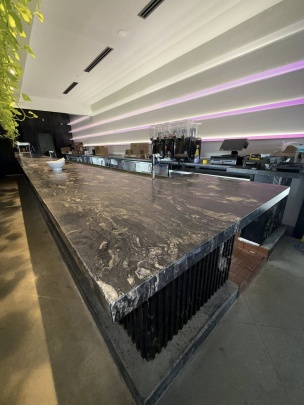
Mendi Custom Builders is a family-owned business with strong ties to Southern California. Specializing in ADU construction, bathroom and kitchen remodels, and complete home renovations, we leverage two generations of experience for each project. Our in-house design and planning services guarantee a smooth construction experience, while our expertise excels in managing complex construction challenges. We are a countertop, flooring, cabinet, wall paper and tile fabricator and installer. We have experience with hotels, restaurants, apartment buildings as well as single family homes. Contact: Carlos Arizmendi PH: 760-522-2036 E: carlos.sr@buildwithmendi.com www.buildwithmendi.com






